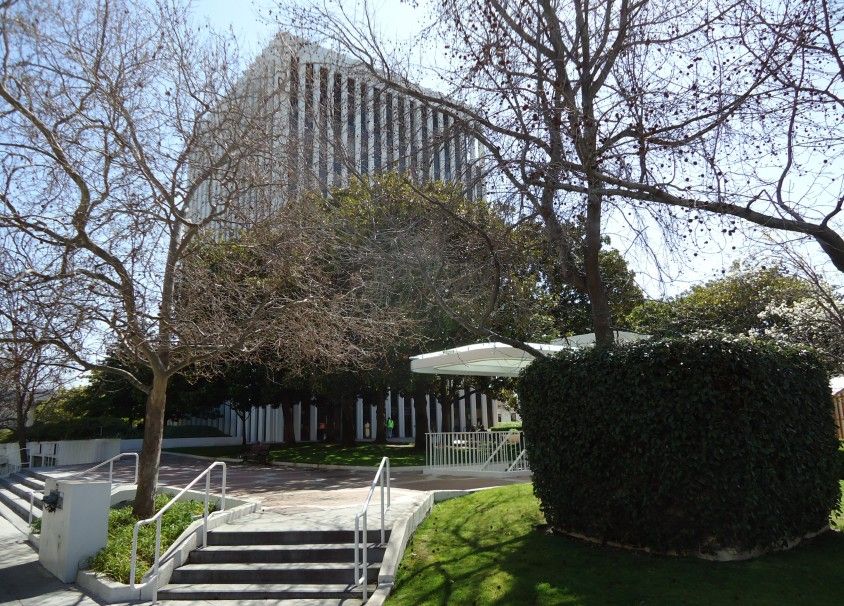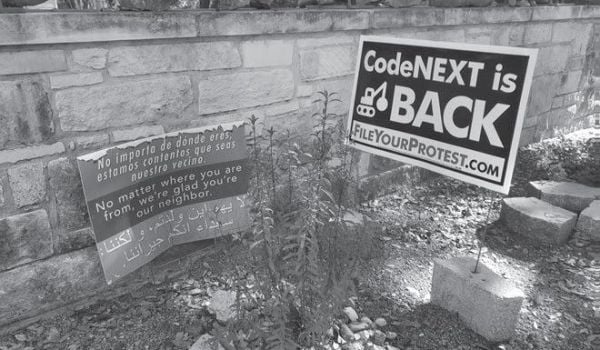Predictably, a number of affluent Bay Area suburbs (and the anti-development neighborhood groups that have come to characterize them in national news reports) are up-in-arms over SB 827, the now (in)famous legislation to fast-track development near transit stations across the state, introduced by State Senator Scott Weiner (D-San Francisco) in January. But just as the bill’s many opponents can’t be stereotyped, the cities embracing its core tenets are often surprising.
Take Palo Alto, where the City Council last week approved a new ordinance that gives developers more freedom in what they can build — including buildings up to 50 feet with less conservative parking requirements — provided they build near transit. The so-called “Affordable Housing Combining District” applies to income-restricted multi-family housing projects located within a half-mile of a major transit stop, or a quarter mile of a transit corridor, according to the city’s website. “Affordable,” in this case, means residents making up to 120 percent of the area median income, or $102,000 for a two-person household.
Housing is one of Palo Alto City Council’s “dedicated priorities for 2018,” according to the city’s website, but the city’s record on the issue is less-than-stellar. Between 2007-2014, the city produced 1,602 total housing units, or just 37 percent of its Regional Housing Needs Allocation, according to the State Housing Element (the California law that guides long-range planning) for that period, according to PaloAltoOnline.com. Of those, only 290 units — or a mere 16 percent of the regional goal — were considered affordable. Other Santa Clara County cities, meanwhile, saw a surge in residential construction during the same time period, according to the site.
“This is a huge step forward for Palo Alto, which has not approved ANY affordable housing projects since 2009,” Palo Alto Forward board member Elaine Uang wrote in an email to the Bay Area News Group, soon after City Council approved the ordinance. “With the housing shortage at a critical point we really needed to take steps to create flexibility and a standard process for affordable housing applicants, and they really did that last night.”
The ordinance is not linked to SB 827, but it’s very similar, — and could perhaps be viewed as the city seeing the state writing on the wall. Weiner’s “Transit Zoning Bill” would essentially preempt local zoning standards with looser statewide standards around height, density and parking, if proposed developments are within a half-mile of a train or subway station. It’s a reaction to the state’s notoriously complicated city-by-city zoning laws, which are meant to provide local environmental oversight, but are so often co-opted by (primarily white, affluent) neighborhood groups that oppose multi-family housing with coded terms about “crime” and “community character.” SB 827 is being actively marketed as a way for local officials to tell those powerful groups that their hands are tied by the state.
But the opposition to SB 827 hasn’t been clear-cut. As the San Francisco Examiner has covered, a number of tenants groups in San Francisco — primarily composed of people of color — have come out against the law, fearing that it will create a development frenzy that will spur mass evictions.
And another law proposed by Weiner, SB 35, is being put to the test in Berkeley, and highlighting some of the dangers of fast-tracking development. SB 35, as Next City has covered, says that any municipality not meeting its regional housing requirements needs to allow “over-the-counter approval” for projects that fulfill certain zoning requirements. In Berkeley, a developer is currently invoking the new law to push through a project opposed by three separate Ohlone family bands, who claim the site as ancestral burial grounds.
“Our sacred sites were never given up by our families — not legally, nor in theory,” Vincent Medina, a spokesperson for the groups, recently told the San Francisco Chronicle.
The Palo Alto ordinance doesn’t give developers a free pass — and still mandates that they go through a design review process overseen by the city. But it does give them more flexibility, and tweaks local zoning to look a lot more like what’s being proposed by the state.

Rachel Dovey is an award-winning freelance writer and former USC Annenberg fellow living at the northern tip of California’s Bay Area. She writes about infrastructure, water and climate change and has been published by Bust, Wired, Paste, SF Weekly, the East Bay Express and the North Bay Bohemian
Follow Rachel .(JavaScript must be enabled to view this email address)
















